Are you shopping for new cookware but undecided on whether to buy traditional or enameled cast iron? Cast iron cookware comes in all shapes and sizes and are classified as kitchen staples all around the world. Here’s why both raw and enameled cast iron cookware are perfect for any kitchen.
- A quick review on Cast Iron Cookware
- A quick review on Enameled Cast Iron Cookware
- Comparison between Cast Iron & Enameled Cast Iron Cookware
- Conclusion
1. A quick review on Cast Iron Cookware
Uncoated cast iron cookware has been around for thousands of years. It is a versatile material that creates some of the best cookware out there. It’s ultra-durable, tolerates extremely high temperatures, and boasts incredible heat retention.
Cast iron is an iron alloy containing approximately 98% iron and 2% carbon. It’s melted and poured into a mold. Once poured, the metal hardens into the desired shape and creates a durable product that can last a lifetime.
2. A quick review on Enameled Cast Iron Cookware:
Enameled Cast Iron is essentially a modernized version of the heavy-duty cast iron that's been around for centuries. An enameled cast iron pan is basically just a regular cast iron pan with an enamel coating.
Cast iron is coated with enamel, which forms a useful protective coating on the surface of your cookware. The enamel helps to protect your kitchen equipment from all sorts of unwanted things, including rust, while also adding a new element to your cooking process, as enamel cast iron is wonderful for slow cooking.
3. Comparison between Cast Iron & Enameled Cast Iron Cookware :
Both types of cookware have some significant benefits and advantages over the other. Let's take a look at the different parameters you need to consider when it comes to enameled cast iron vs cast iron:
| Parameters | Cast Iron | Enameled Cast Iron |
| Strength/Durability | Traditional cast iron is known for being incredibly durable, and for that reason, it's always been popular with cooks looking to invest in a hard wearing piece of equipment. If it's properly cared for, cast iron can last a lifetime. | Enameled cast iron is almost as strong as its cast iron ancestors, but there's one big difference. While the outer cast iron shell and the handles on an enamel cast iron skillet, for instance, are just as durable and sturdy as any cast iron equivalent, the inner coating of enamel is not so durable. The enamel coating is weak in comparison to raw cast iron. The enamel can be chipped or scratched. |
| Rusting | Traditional cast iron pans are absolutely free from enamel & any other coating and they are made from pure iron ore. Therefore, it is normal for it to rust in case it is in contact with water/moisture. So It needs to be seasoned regularly in order to keep it immune to rusting. | The most significant advantage that enamel products hold over non-enameled products is that they don't need to be seasoned. The enamel forms a protective layer, and you don't need to worry about it disintegrating. |
| Cooking experience | As we already mentioned, cast iron needs to be seasoned. Without this seasoning layer, a cast iron pan isn't non-stick. If it's well seasoned, you don't need to worry, but as soon as that seasoning starts to break down, you'll find that food starts to stick and burn onto the bottom of the pan. | Enameled cast iron cookware doesn't stick and makes for a much smoother cooking experience at lower temperatures. |
| Temperature Variations | Cast iron works great at low, medium, and higher temperatures. If you're looking for a way to sear meats at high temperatures or stir fry vegetables with lots of heat, then a traditional cast iron pan will be the best choice. | Enameled cast iron works best at low to medium temperatures. If you love slow cooking, then an enameled cast iron cookware will be a great addition to your kitchen. They are perfect for slow-cooked stews and oven-baked casseroles. |
| Design | Cast iron isn't quite as stylish, and it's definitely not modern, but it does have a traditional, rustic, and somewhat dependable feel when you're cooking with it. | Enameled cast iron has a much sleeker, smoother, and at the end of the day, modern look to it. |
The best brand of Enameled Cast Iron Cookware
5. Conclusion :
When considering cast iron cookware, the right choice is dependent upon your unique needs and preferences. If you want low-maintenance, colorful, and versatile cookware, enameled cast iron is likely the way to go. On the other hand, many cooks swear by bare cast iron despite its maintenance needs.
While you can’t cook acidic foods in bare cast iron cookware, it has been around for centuries and comes with a lot of history — as well as the ability to be used over open flames like grills or campfires.
Consequently, it's nice to purchase the traditional Cast Iron skillet for your burgers, and cornbread, and an Enameled Cast Iron skillet for soups, sauces, and acidic ingredients.
If you have the budget, it shouldn’t be an either-or situation; get both!
Check out the premium range of Cast Iron Cookware here

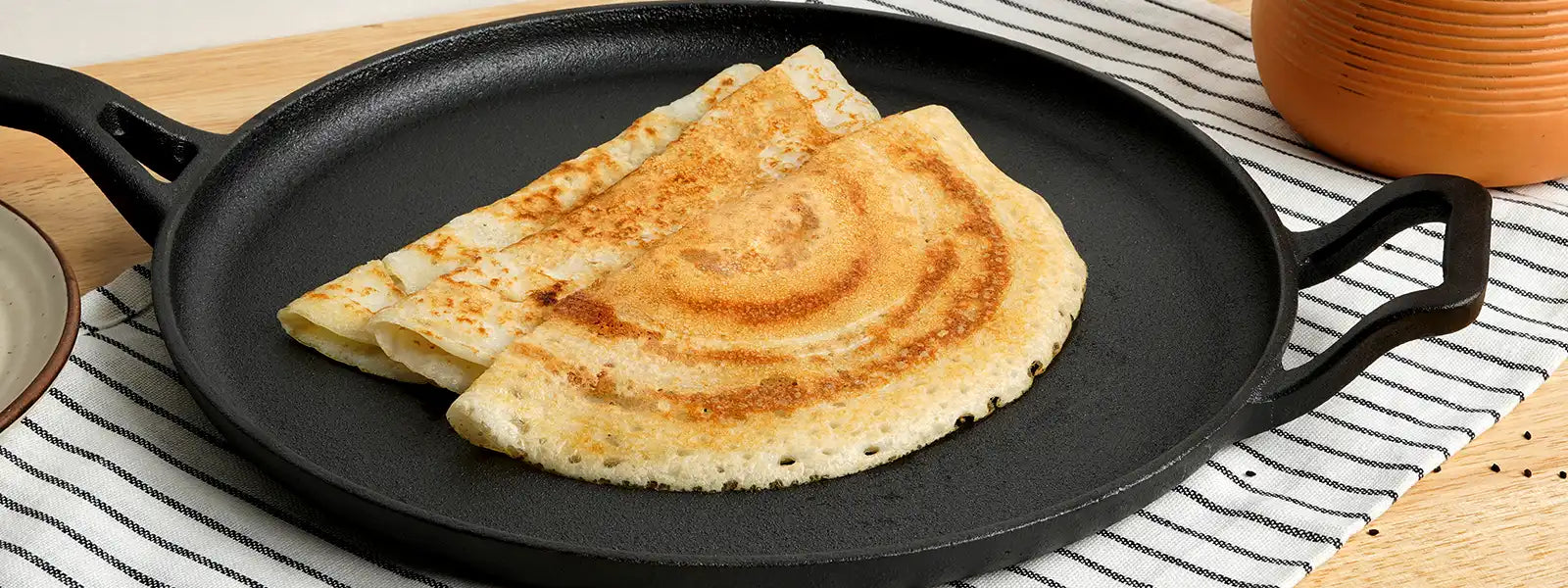
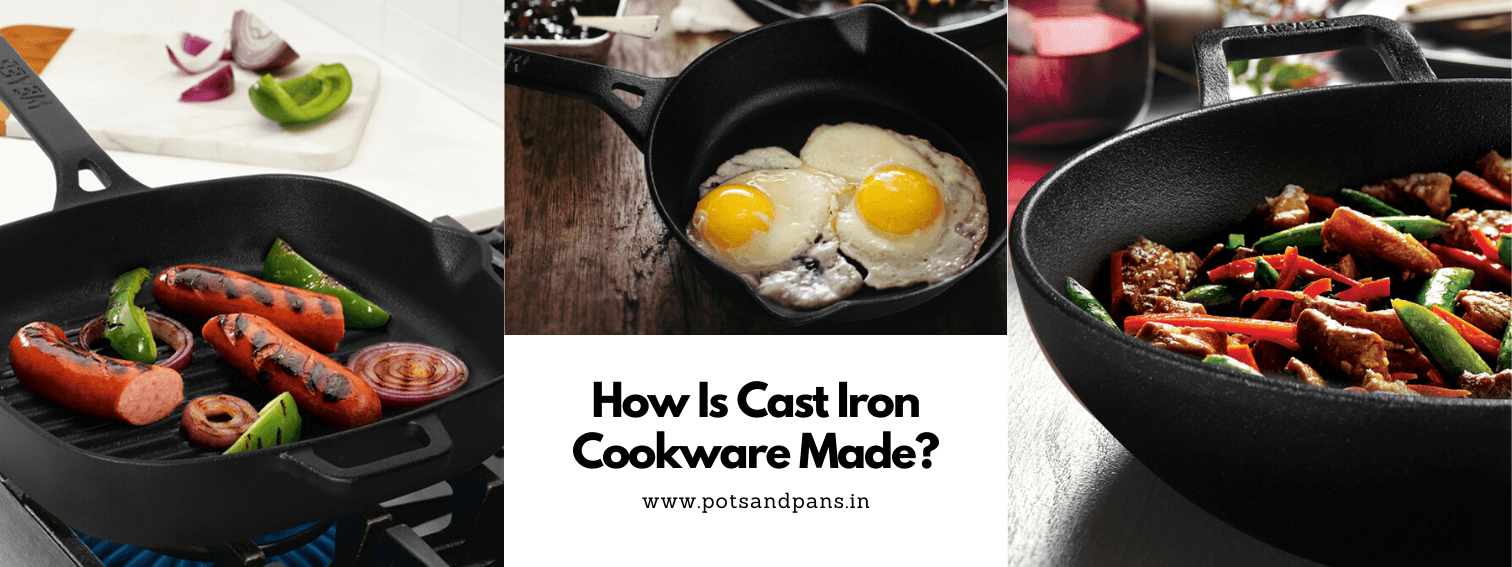
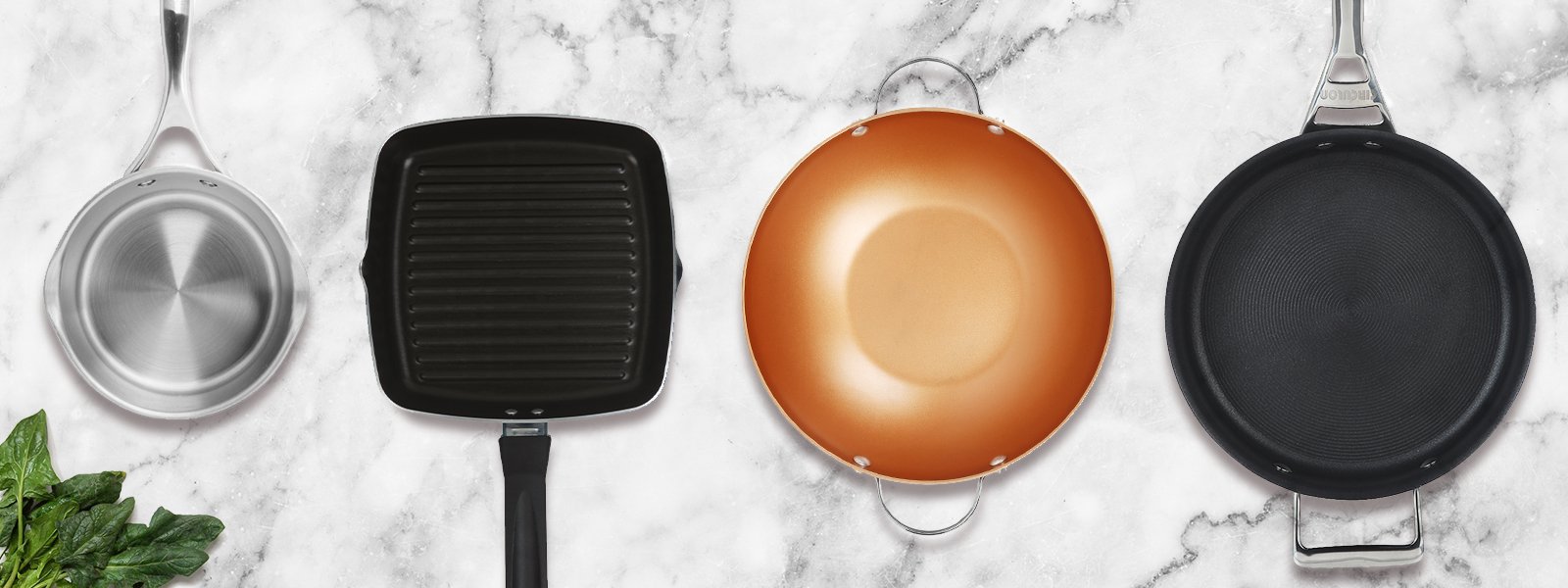
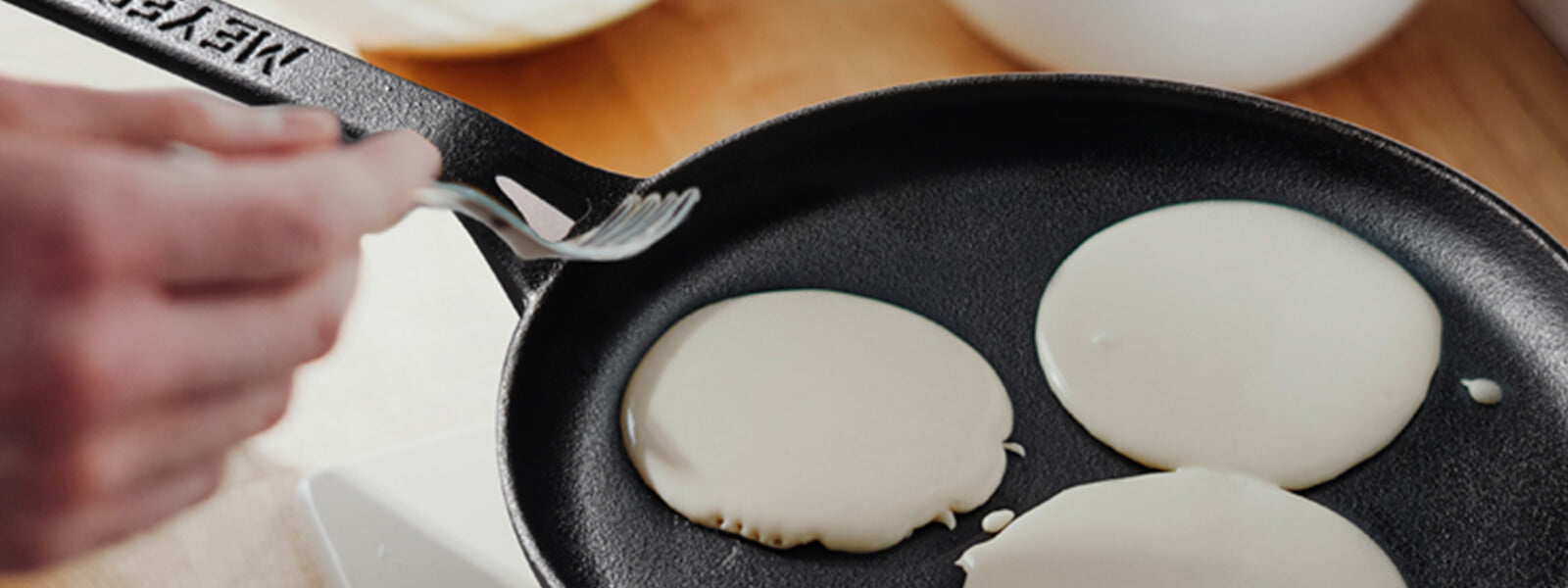
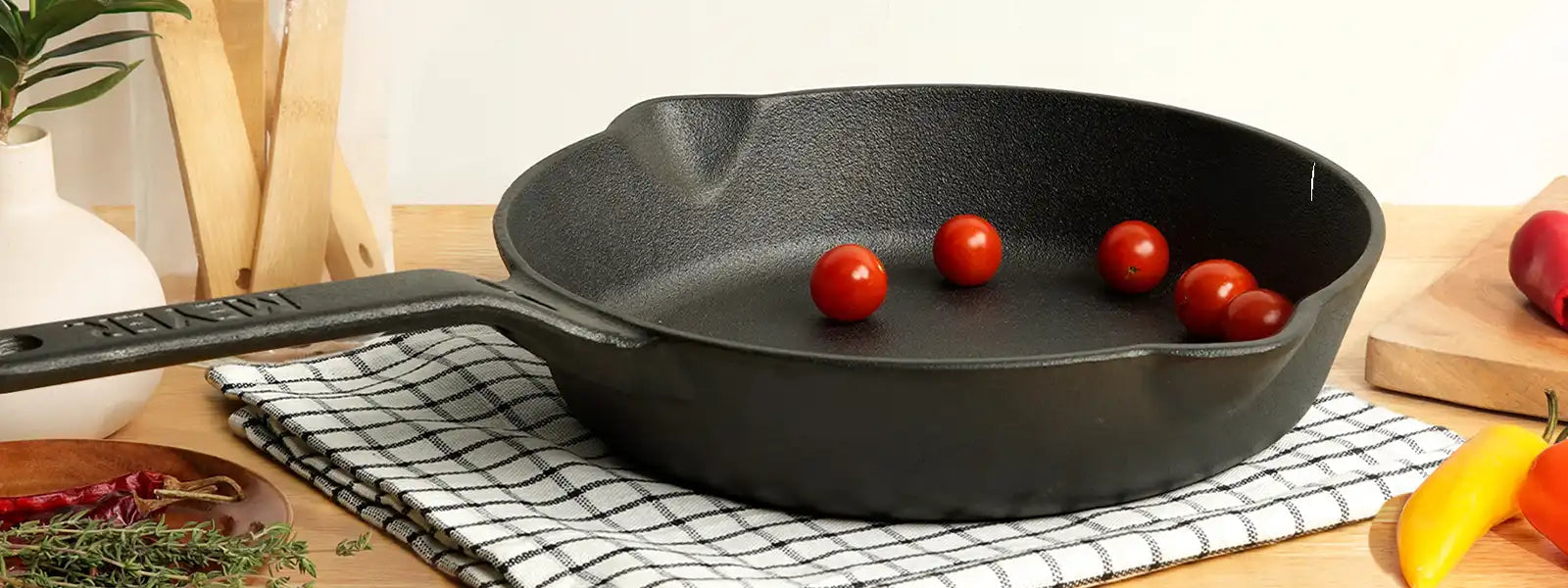
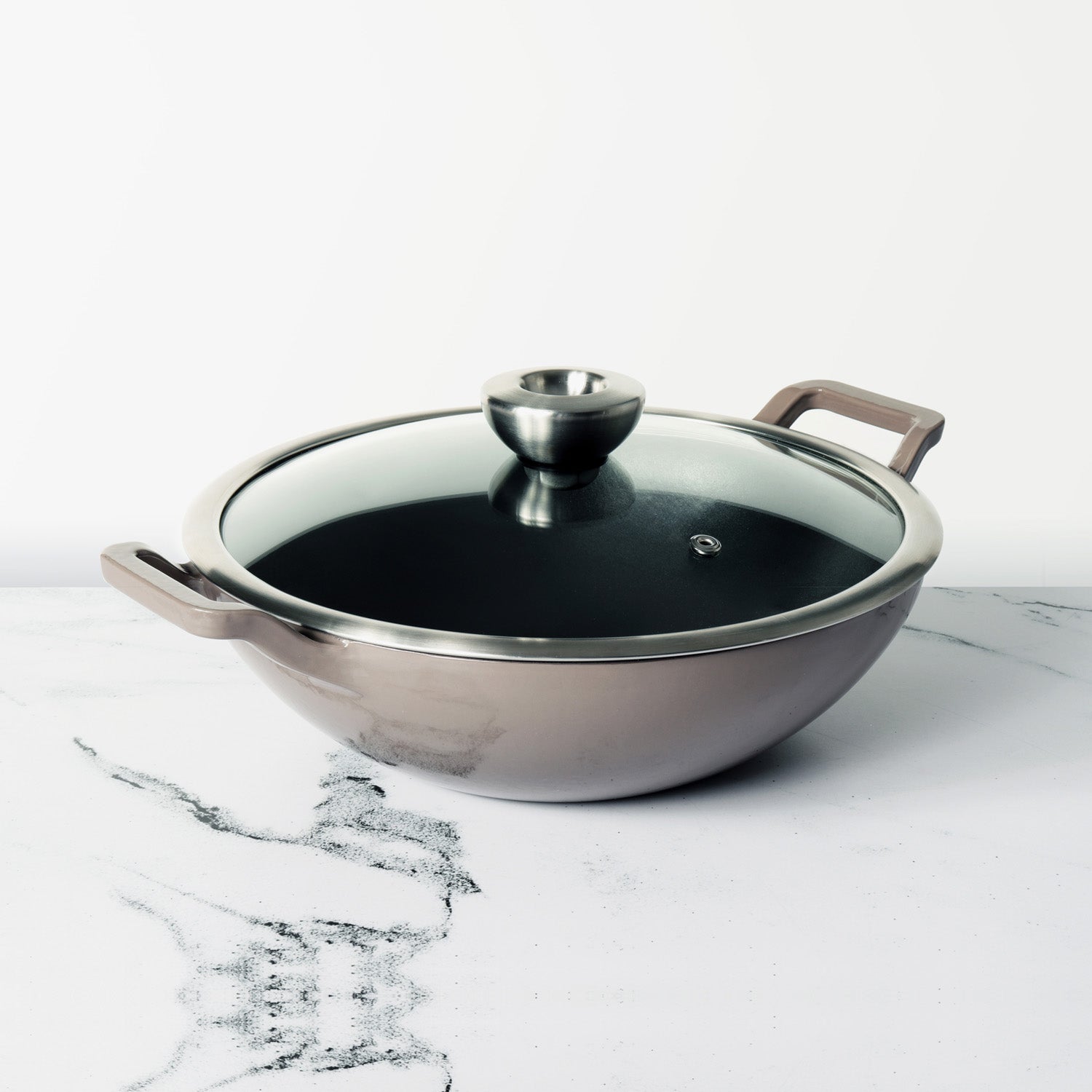





Leave a comment